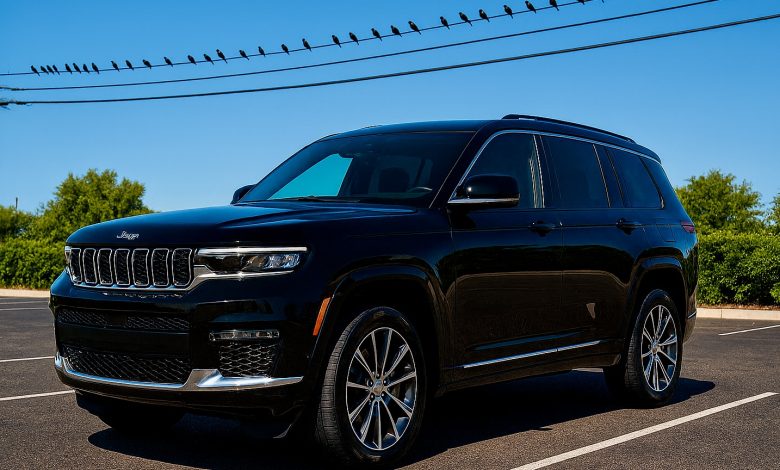
When it comes to frustrating car problems, few things annoy drivers more than walking out to find a fresh pile of bird droppings splattered across their vehicle. A new nationwide survey from Alan’s Factory Outlet reveals just how widespread the problem is — and which brands and colors seem to be hit the hardest. According to the findings, Ram and Jeep® owners are taking the brunt of nature’s unwanted “gifts,” with Chevrolet rounding out the top three.
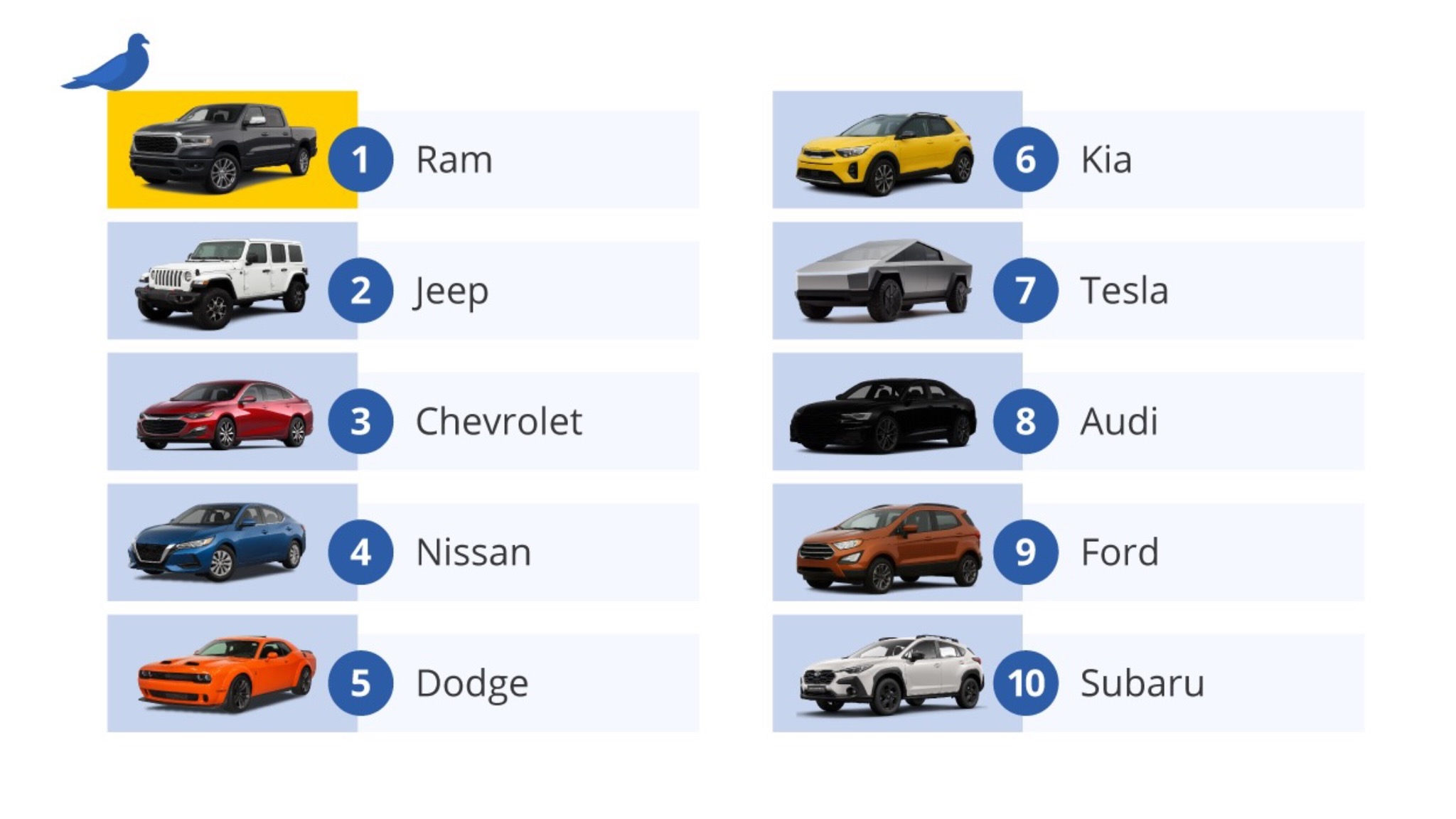 In a 1,000-person survey, drivers of Ram and Jeep vehicles reported being targeted by birds more frequently than drivers of any other brand. While there’s no scientific reason birds would single out specific automakers, parking habits and design cues may play a role. Trucks and SUVs tend to be taller, which means they’re often parked closer to tree branches, signs, and power lines — prime real estate for perching birds.
In a 1,000-person survey, drivers of Ram and Jeep vehicles reported being targeted by birds more frequently than drivers of any other brand. While there’s no scientific reason birds would single out specific automakers, parking habits and design cues may play a role. Trucks and SUVs tend to be taller, which means they’re often parked closer to tree branches, signs, and power lines — prime real estate for perching birds.
That means vehicles like the Ram 1500 or Jeep® Grand Cherokee might just be in the wrong place at the wrong height. Even if you park under a single shady tree to keep the cabin cool, you could be inviting a flock of trouble above.
Chevrolet, Nissan, Dodge, and Kia also made the top of the list, showing that this is a problem shared across both domestic and import brands. Meanwhile, Tesla, Audi, and Subaru owners reported more moderate, but still frequent, splatter encounters.
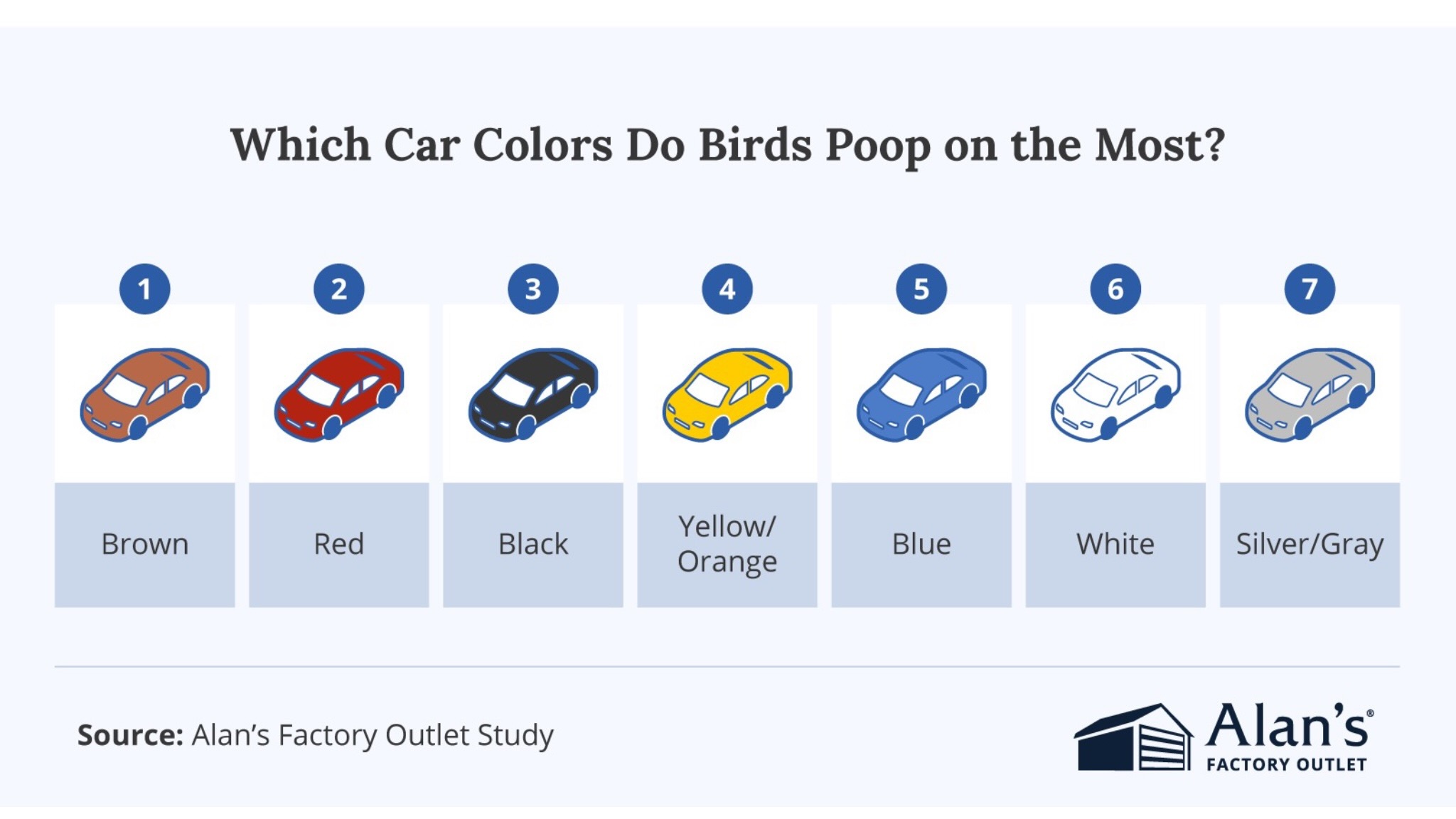
Car color, it turns out, plays a big role in how often birds strike. The survey found that brown, red, and black vehicles were the most common targets. These darker shades might reflect ultraviolet light or surrounding colors in ways that attract birds’ attention.
On the flip side, lighter-colored cars — white, silver, and gray — tend to stay cleaner longer, at least from an avian perspective. While there’s no guaranteed “safe” color, science suggests birds see ultraviolet reflections differently than humans, and that certain shades may appear more vibrant or territorial to them.
If you’ve ever felt like the birds have it out for you personally, you’re far from alone. Nearly 3 in 10 American drivers (29%) said they believe birds have specifically “targeted” their vehicle. In fact, more than half (58%) said their car had been hit more than once in a single day.
Luxury brand drivers — including Lexus (47%) and Tesla (39%) — reported the highest sense of being “targeted,” while 35% of Dodge drivers said they’ve had similar experiences. Whether that’s bad luck or bird behavior is up for debate, but the frustration is real.
Even worse, about 11% of respondents said they’d suffered paint damage from droppings. Bird waste is highly acidic and can eat through the clear coat and paint if not cleaned quickly, especially under hot sunlight.
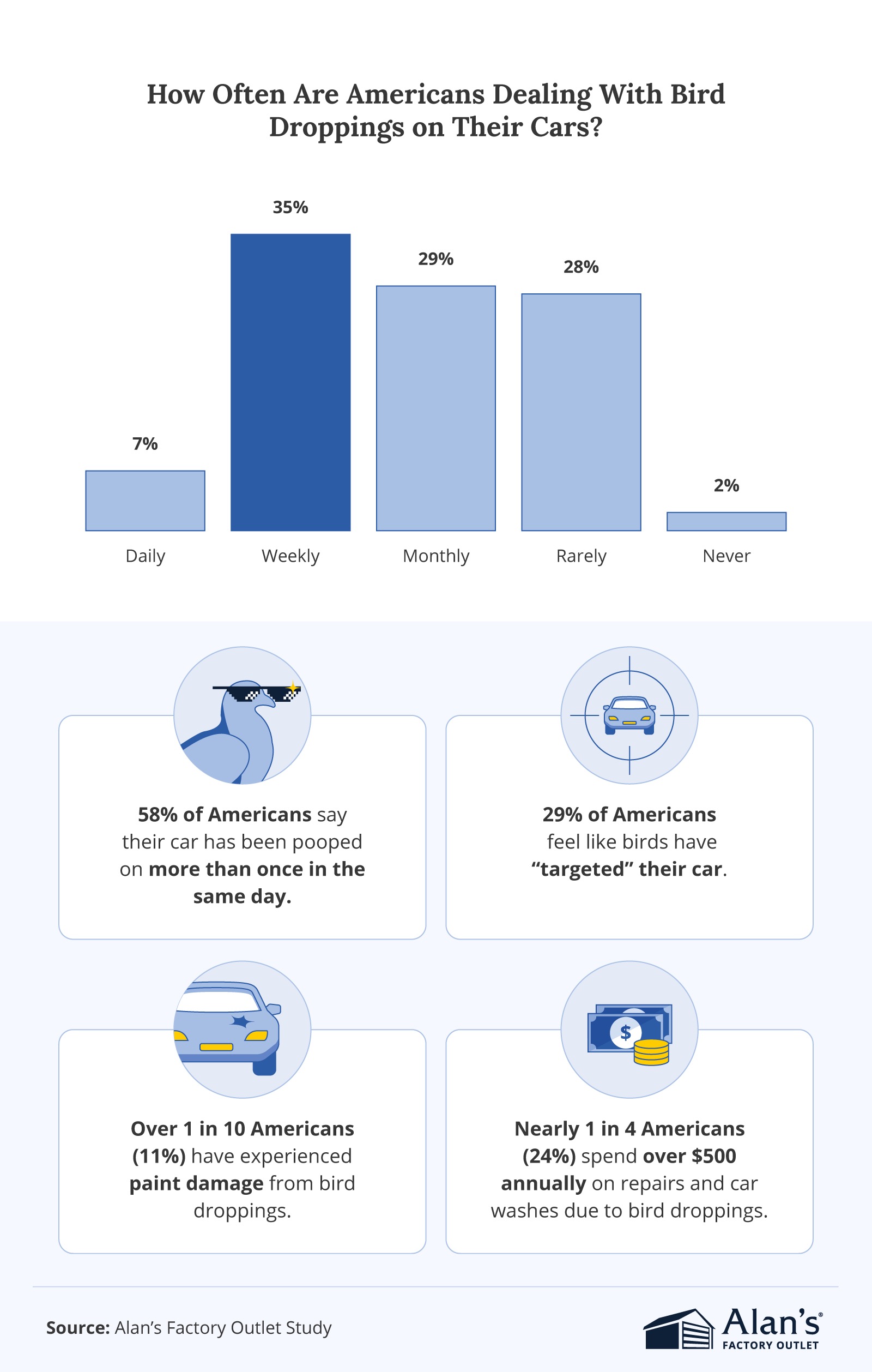
Keeping a car clean from constant bird mess isn’t cheap. Nearly a quarter of respondents (24%) said they spend over $500 a year on car washes and repairs related to droppings. Tesla and BMW owners led the spending pack, with two-thirds of those groups saying they exceed that threshold annually.
More than half (57%) of drivers have paid for a car wash specifically because of bird droppings, and 39% said they wash their car multiple times a month to combat the issue. For enthusiasts who pride themselves on maintaining a spotless ride, that’s both costly and time-consuming.
Where you park can make all the difference. About 29% of Americans said they’ve changed their normal parking spot to avoid bird droppings, and 38% said they’d even walk up to a block farther just to avoid parking under trees or power lines.
Unfortunately, 55% admitted that their current parking situation offers little to no protection — meaning they’re at the mercy of whatever’s flying overhead. Around 6% of respondents even confessed to canceling or delaying plans because their car was too dirty to drive.
While you can’t stop birds from flying, there are a few steps to reduce your chances of being hit:
-
Park Smart: Avoid trees, lamp posts, and wires whenever possible.
-
Use a Car Cover: Especially if your car will sit outside for long periods.
-
Invest in Shelter: Garages or carports provide consistent protection and can save hundreds in cleaning costs over time.
-
Clean Quickly: The faster droppings are removed, the less chance they have to damage your paint.
Interestingly, about 1 in 5 Americans (21%) said they’d be willing to pay for extra protection, such as a garage or carport — averaging around $50 a month for peace of mind.
Ram and Jeep owners may have a new badge of honor — they’re apparently top of the “hit list” for America’s birds. Whether it’s the height of their vehicles, the darker paint shades, or just bad luck, the data suggests some rides are simply more prone to aerial assaults.
Source: Alan’s Factory Outlet

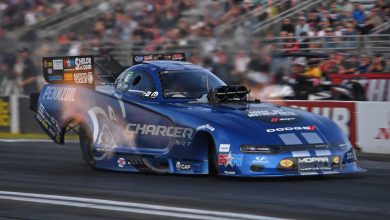
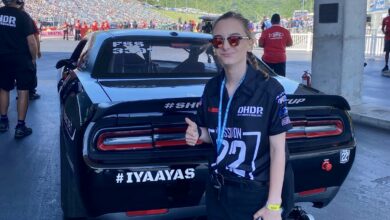
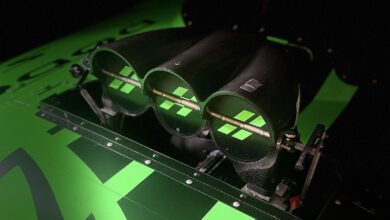
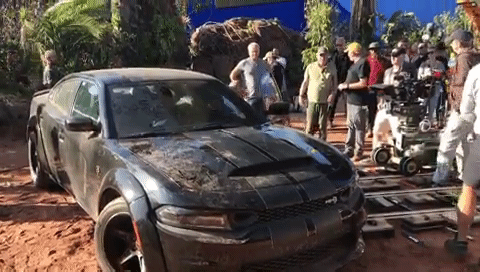
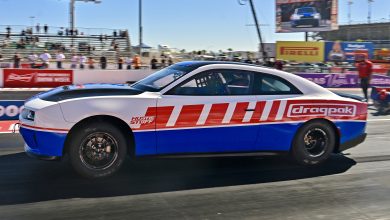
No replies yet
Loading new replies...
Join the full discussion at the Mopar Insiders Forum →